What You Can Do
Join our field survey
Homeowners, particularly creekside parcel owners in San Geronimo or Lagunitas Creek Watersheds, you can have your property surveyed for free. Join the effort to eradicate Japanese knotweed by completing the participation survey form. You can do so either online, or by downloading and returning this form. Thank you!
Be on the lookout for knotweed
Typically knotweed is found in wetter areas; floodplains, riparian corridors, seeping springs and even septic leach areas. Japanese knotweed leaves are thick and leathery, about 4 to 5 inches long, bearing few hairs, square across the base, and with an abruptly tapered tip. Flowers are white, about 3mm across, each bearing 3 to 5 petals and borne in a cluster. Its stalks appear as canes similar to bamboo.
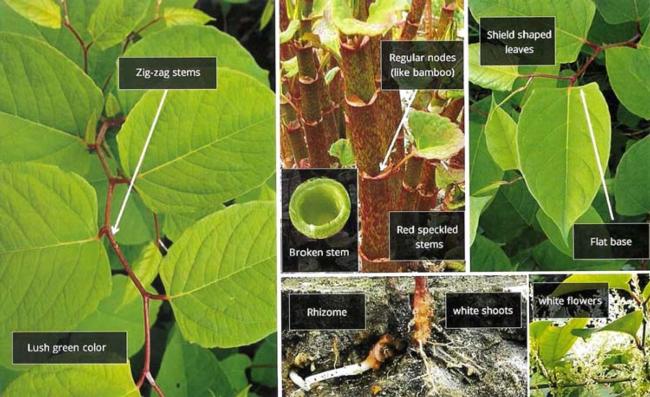
Do not confuse the following “look-a-likes” for Japanese knotweed:
|
California pipevine |
Smartweed |
|
California spikenard and Elk clover |
|
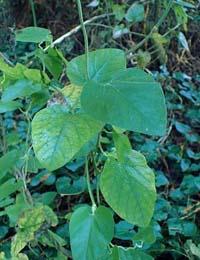
|
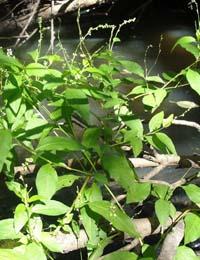
|
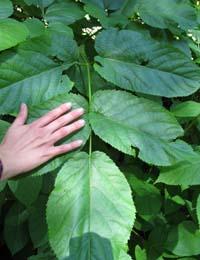
|
||
|
(photo by Krzysztof Ziarnek) |
(photo by Andrea Williams) |
|
(photo by Andrea Williams) |
Knotweed stands can be large or small. In the San Geronimo Valley, Japanese knotweed stands range in size from single-stemmed plants to large stands that are close to half a tennis court in area. Likewise, Japanese knotweed can grow upwards of eight feet tall while a newly established plant can be less than a foot in height.
A large stand of Japanese knotweed towering over a car:
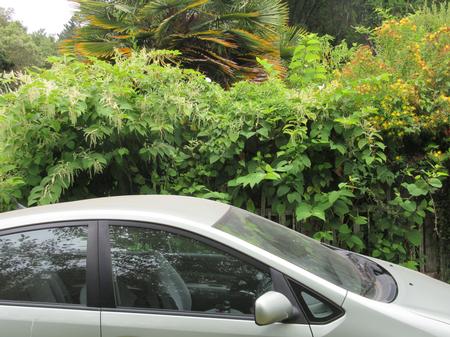
A single stem of Japanese knotweed:
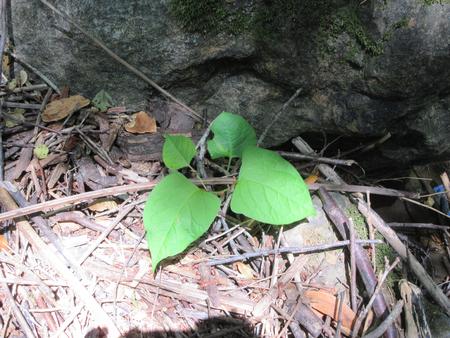
We do not recommend homeowners attempt removal
Attempting to manually remove young to mature plants stimulates their growth and spread. This is because the plant can easily reproduce from fingernail size pieces (0.7 grams). Rhizomes (underground stems) have been documented to extend 23 feet horizontally and 10 feet deep. It can grow through concrete, pavement, and housing materials. Incomplete removal has the effect of further spreading the weed.
Share field observations or questions
Please forward any observations of Japanese Knotweed you have, or questions about the plant, to the MKAT. You can contact Steven Swain, Environmental Horticulture Advisor, at svswain@ucanr.edu and (415) 473-4204.
